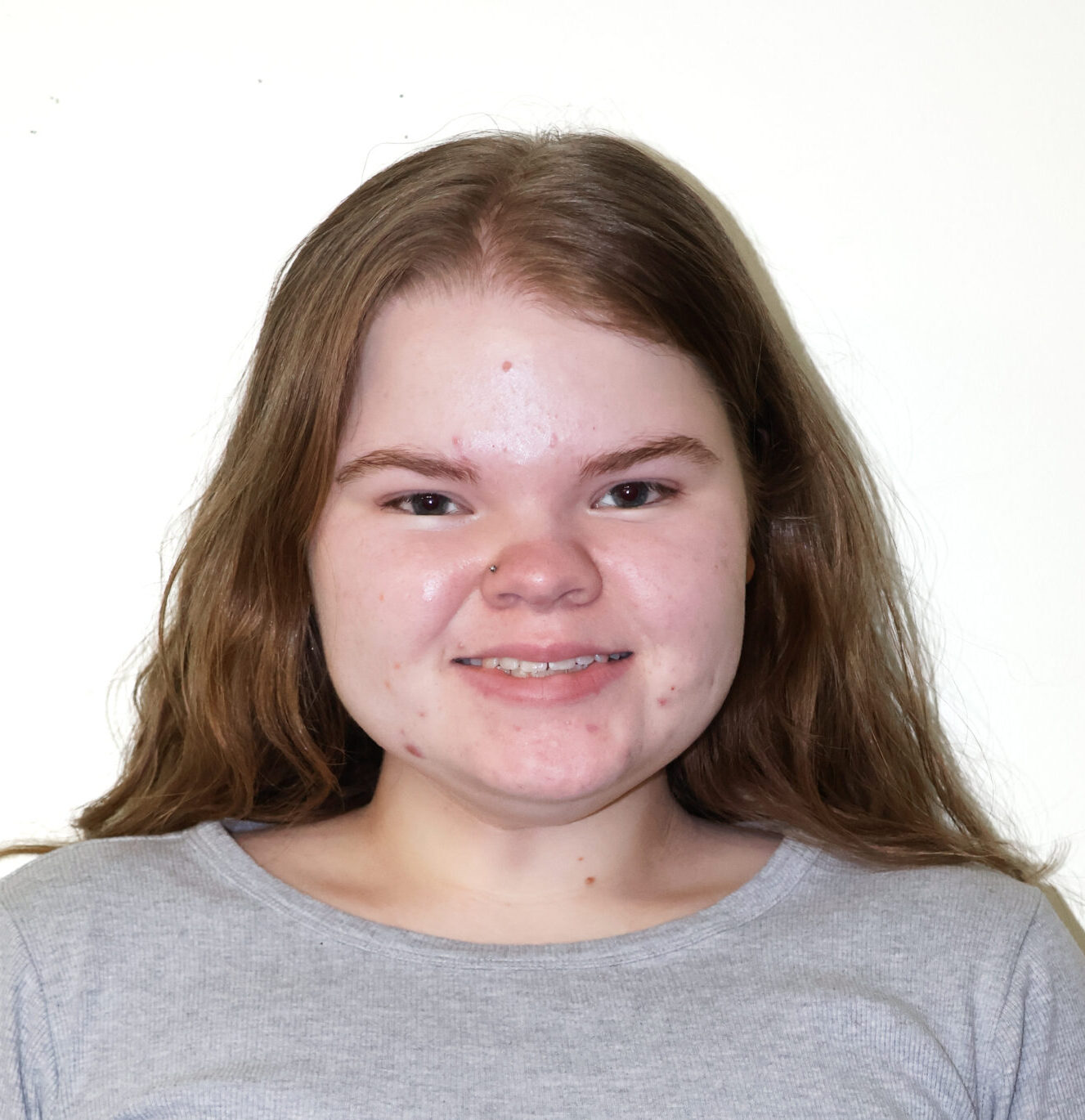Students gathered as live election results began to pour in.
‘Election Returns’: The 2024 Election Watch Party
More than 100 people showed up to the Election Returns event hosted by Professors Elizabeth Tandy Shermer and Megan Sholar and sponsored by the History Department, Honors Program and Loyola Libraries. The event ran from 7 to 9:30 p.m. Nov. 5 in room 142 in Quinlan Life Sciences.
Students helped themselves to candy, soda and pizza before opening their laptops to watch live polling sites, write essays or scroll class registration pages while eagerly following along with the night which would decide America’s next four years of politics.
Shermer teaches a course on presidential elections, and Sholar teaches a course on women in politics, The Phoenix previously reported.
“It’s a tough time in the semester, right?” Shermer said. “We’re in week 11 of 15, close to Thanksgiving break. Students could come and go while connecting with each other, which I think is similar to how many Americans are watching returns, if they are, where everything is going on in the background, maybe talking to family members.”
The ceiling began to leak and the PBS coverage of the poll results couldn’t be heard over the conversational noise as Republican candidate former President Donald Trump took nine states and Democratic candidate Vice President Kamala Harris took five by 7:10 p.m.
“Oftentimes, we think of voter turnout as being depressed when it rains, and it was a rainy day,” Sholar said. “But, also, the ceiling is literally leaking right now.”
The Associated Press keeps the national polls in a search engine format. Most attendees in the room referenced the news source when the voices of the PBS newscasters rose. Other news outlets like CNN, MSNBC and FOX also keep tabs on the different contests, including the presidential, Senate and House races.
“In this world, with news coverage, there’s a need to talk about content,” Shermer said. “Students have spoken to me about feeling as if they’re tugged back and forth. NPR, PBS and AP tend to be good for election coverage to avoid potential bias.”
Sholar said students may also be updating themselves on social media sites like X and TikTok.
Professor David Doherty teaches a class offered every fall which aligns with an election cycle.
“We try to make some connections between what students are seeing happening in real time and what scholars have said about what makes campaigns tick,” Doherty said.
Some students scribbled blue and red on U.S. state coloring sheets as polls came in across the country while others pondered over impending class registration.
“I’m enjoying seeing people here as a community,” first-year data science major Jack Dumanski said. “I’ve been avidly checking and refreshing my phone, which I would have done regardless of if I attended this event or not.”
College-aged student participation in the election became apparent as laptop lids and t-shirts donned “I Voted” stickers. Of the roughly forty people in the room at the beginning, 32 identified as feeling stressed about incoming election results when given the choice between “hopeful,” “stressed” and “indifferent.”
“It seems like people are very gloomy about it — there’s definitely a lot of anxiety associated with it, like people have been dreading this election,” first-year environmental science major Sofia Miliotto said. “There’s energy around voting but not a lot of excitement for the election.”
The 2020 election took nearly one week to be called, AP reported.
“It’s rough out there, but I’m trying not to have too many feelings,” third-year environmental science and film double major Anna Leigh Tangeman said. “I’m checking every once in a while to get a feel and then back out because I know the election won’t be called tonight.”
By the end of the event, Harris had gained 112 electoral votes and Trump 198.
-

Paige Dillinger is a first-year political science and history double major. In her free time, she enjoys watching and writing sketch comedy, exploring the city, and logging movies for her Letterboxd account. This is her first year writing for The Phoenix.
View all posts










